Educational Trip To Venice For International Schools
Venice is a living museum city which will inspire students of all subjects with its beauty, vulnerability and grandeur – a great destination for a school trip!
Subjects covered
Cultural
History
Art
Design and fashion
Languages
Music
STEM
Our tailor-made packages include...
Choose your excursions
This famous square is the heart of Venice. Students can join the tourists who throng in front of the Basilica di San Marco and neoclassical Museo Correr. The ‘little square’ leading from Piazza San Marco to the waters of Bacino San Marco once served as the grand entrance to the Republic.
Tip: Prices for food and drink in the Piazza are high, so plan your meals outside this stop.
The pink and white marble Doge’s Palace in St Mark’s Place is an audacious expression of Venetian prosperity and power. It has façades that were designed by Giovanni and Bartolomeo Buon which date from 1309 to 1424. The palace, which was started in the 9th century was rebuilt several times and completed in the Renaissance period.
The Grand Canal is an ancient waterway that is the main route through Venice. It is lined with magnificent buildings that were built from the 13th to the 18th centuries by wealthy Venetian families. The best way to view these is to travel by vaporetto(water bus) – the no.1 and no.2 both travel from end to end – or you can take a water taxi or gondola.
This important gallery of fine art traces the development of Venetian art and artists chronologically up to the 18th century. Students can see a vast range of art inspired by the many different perspectives a single city can provide. The collection includes influential works by Bellini Carpaccio, Tintoretto, Giorgione and Canaletto.
Set along the southside of St Mark’s Square, this museum exhibits fascinating art, documents, artefacts, and maps that shed light on the history and day-to-day life of Venice across the centuries. The Napoleonic Wing is decorated in a stunning neoclassical style and houses a prestigious collection of works by Venetian sculptor Antonio Canova.
The former marine customs house sits at the punta, or very head, of the Grand Canal, and offers wonderful views of the Venetian basin. Like Palazzo Grassi, it is now a modern exhibition space, showing contemporary works from the collection of François Pinault, who had the interior remodelled with clean lines and polished surfaces by Tadao Ando.
The Collection is the most important museum in Italy for European and American art from the first half of the 20th century. It is located in Peggy Guggenheim’s former home, Palazzo Venier dei Leoni, and presents her personal collection of 20th century art. It ranges from cubism to abstract expressionism, enabling students to see a range of works and styles.
Built between 1748 and 1772 for a Bolognese family, this palace is one of the last of the great noble residences on the Grand Canal. It was bought by businessman François Pinault in 2005 to showcase his important collection of modern and contemporary art. Its interior was remodelled by architect Tadao Ando and it contains a 600-seat outdoor theatre.
The Ca d’Oro is one of the most famous civilian buildings of Venice. The gallery houses a wonderful art collection, from the Venetian, Tuscan and Flemish schools of artistic talent. There is also a collection of bronzes, Renaissance sculptures and an interesting ceramic collection.
Tip: The ‘Golden House’ was named due to the gilt and polychrome decorations that once adorned its walls.
Learn about the ancient craft of Venetian mask-making as you are taken through the detailed processes of design, clay moulding and material application. This is a fascinating opportunity to learn about one of the city’s famous traditions and the history behind the masks.
Tip: Use your creativity to create your own bright Venetian mask.
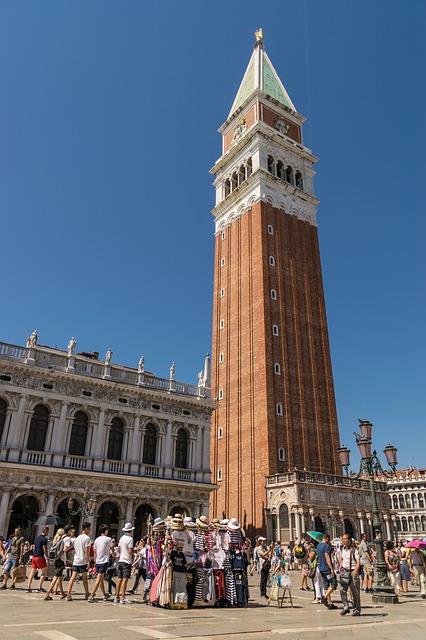
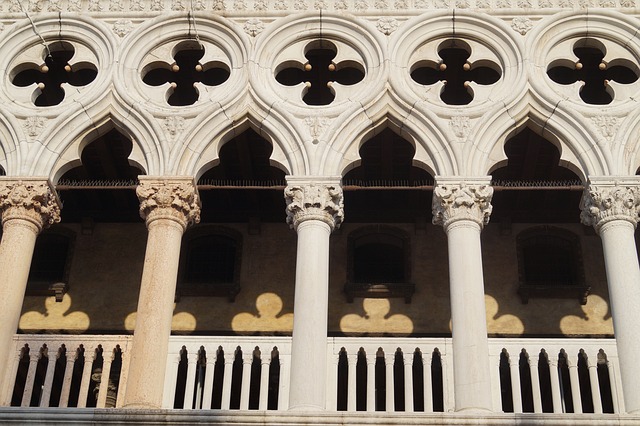
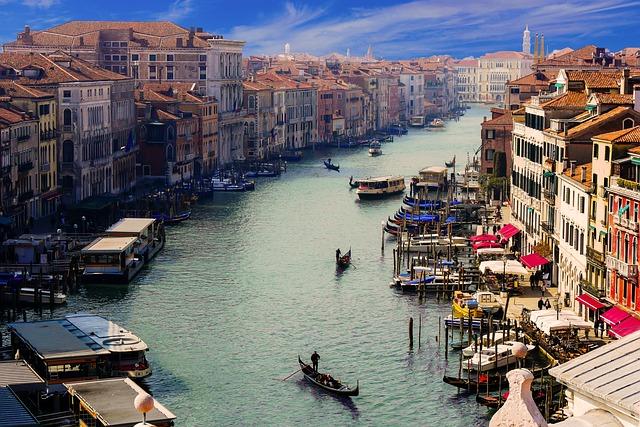
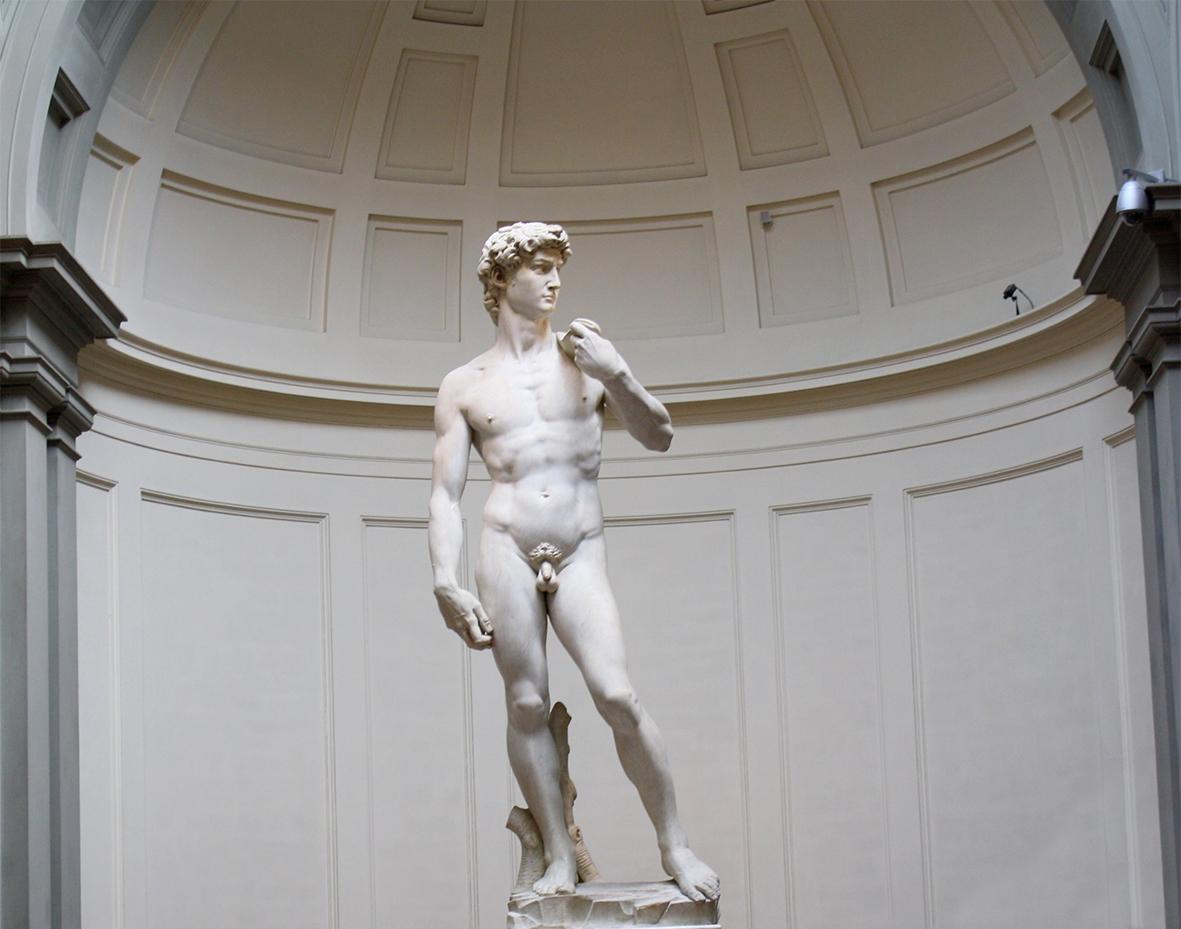
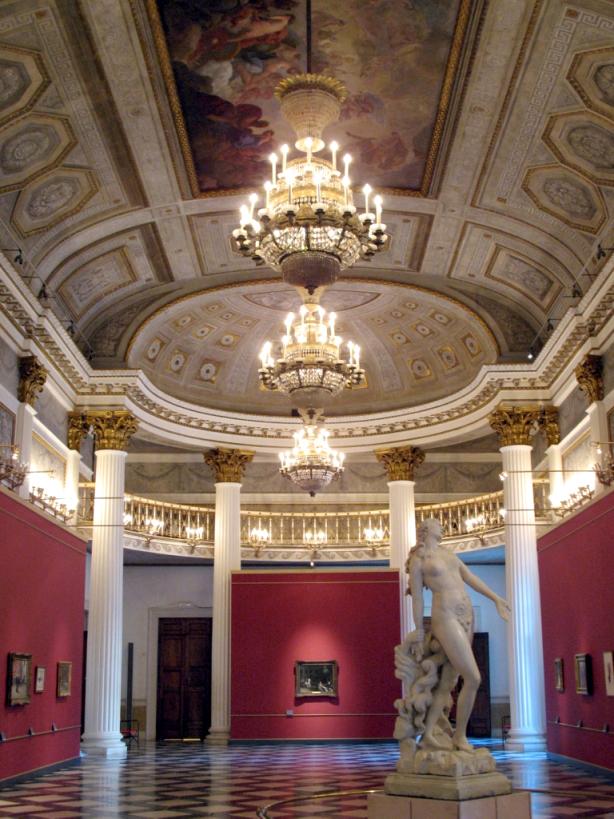
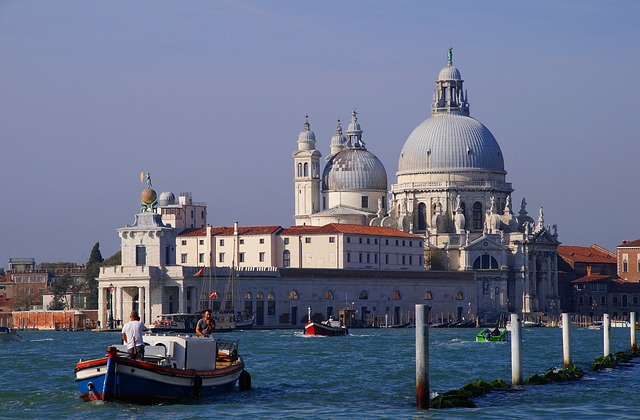
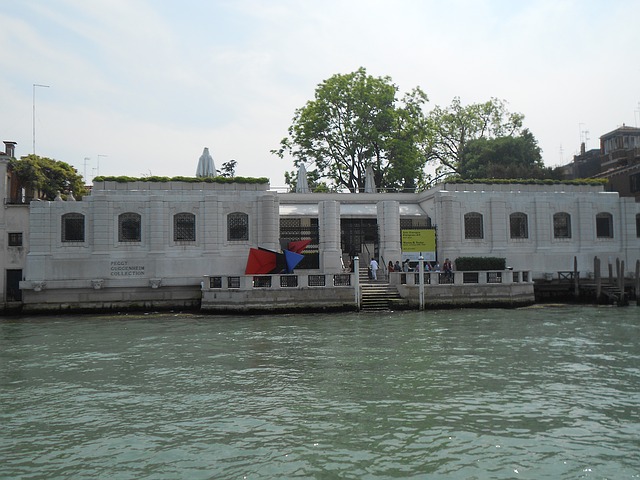
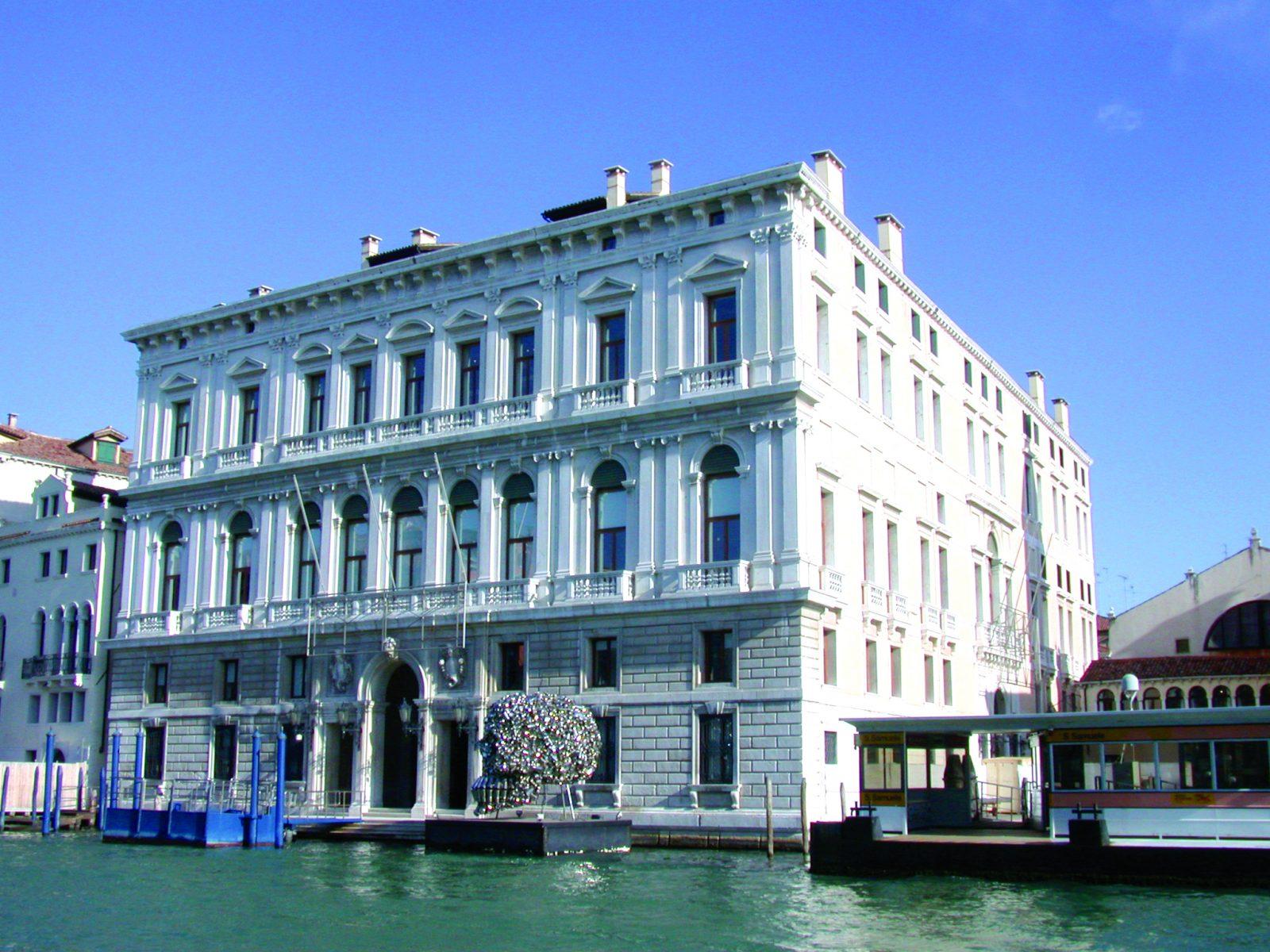
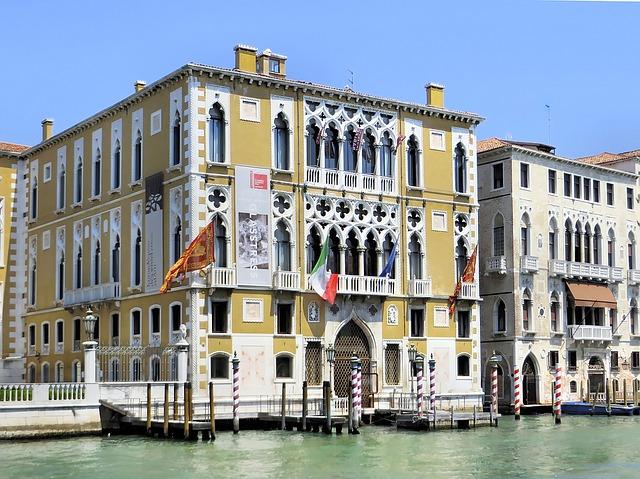
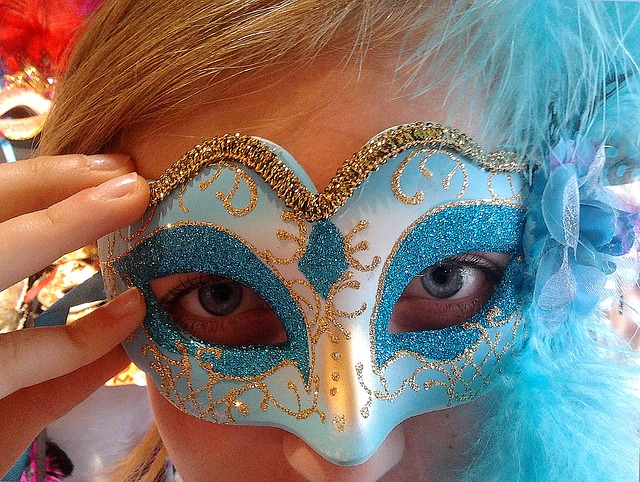
Typical accommodation
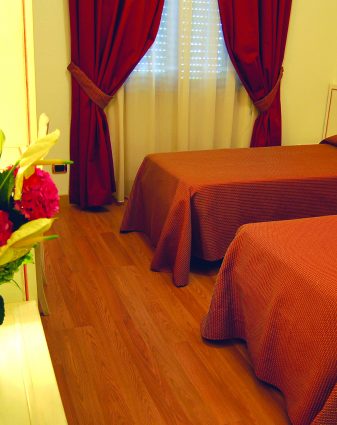
What groups like:
Facilities:




